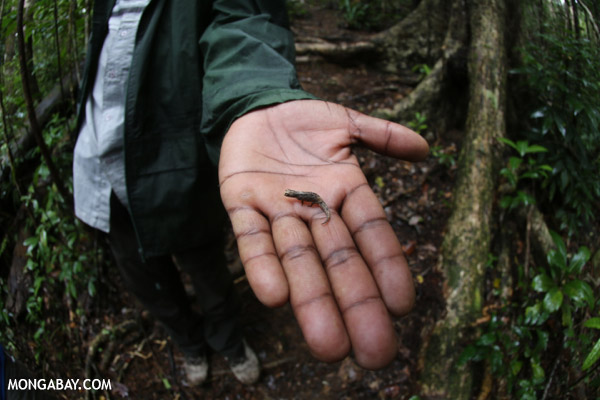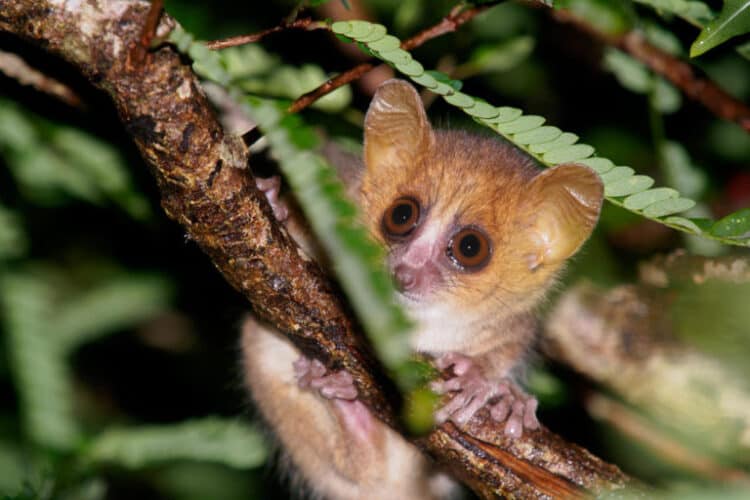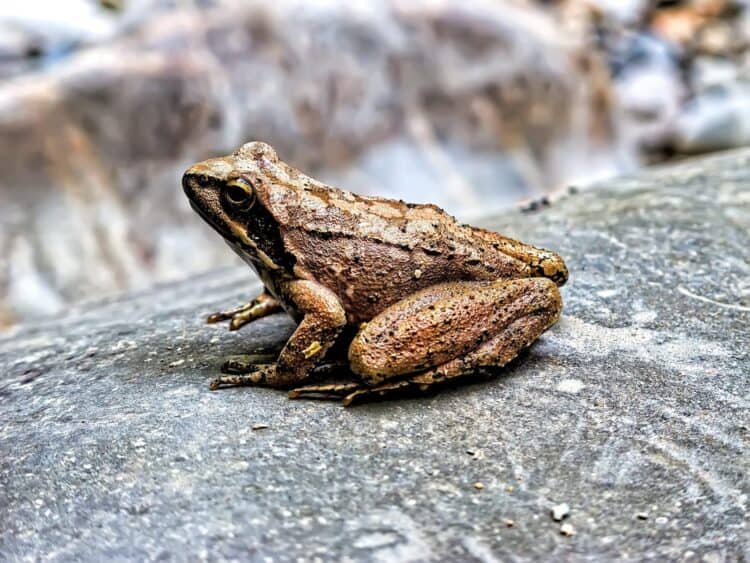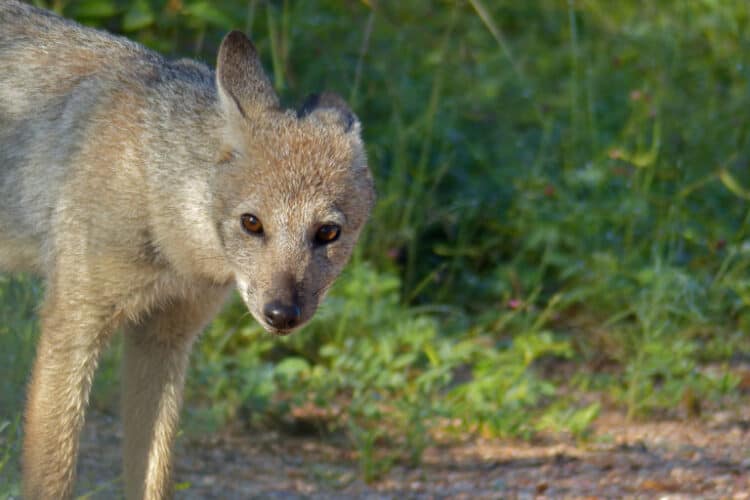Chameleons are an unmistakable family of wonderfully bizarre reptiles. They sport long, shooting tongues; oddly-shaped horns or crests; and a prehensile tail like a monkey’s.
But, of course, chameleons are most known for their astonishing ability to change the color of their skin. Over millions of years, these Old World reptiles have used this evolutionary trait for an astonishing variety of reasons, including camouflage, complex communication, and to keep warm in the cold or vice versa.
But a new update of the IUCN Red List finds that this unique group of lizards is facing a crisis that could send dozens, if not more, chameleons to extinction.
Chameleon expert, Christopher V. Anderson, with Brown University said that while the chameleon’s distinct features attracted him to the family, he was also drawn in by their stunning diversity.

“Chameleons span an approximate 20-fold range in adult total length and a 2000-fold range in body mass,” he told mongabay.com. “They include the shortest lived tetrapod [four-legged] species, as well as species that are known to live over 20 years. They exhibit an extensive range of ornamentations, including horns of different shape, size, number and arrangement, sail on their tail, and spiny crests and projections from various parts of the body. They also live over incredible ranges of habitats, and demonstrate an abundance of variation in their behavior and ecology. I find that diversity particularly intriguing.”
The new update on chameleons, conducted by the SSC Chameleon Specialist Group (CSG), finds that over a third of the world’s chameleon species are threatened with extinction. In this survey researchers have assessed almost all of the world’s chameleons: 184 of the world’s 200 chameleon species—or 92 percent of known species. Of these, nine species have been listed as Critically Endangered, 37 as Endangered, and 20 as Vulnerable, making a grand total of 66 threatened chameleons. If the Near Threatened category is taken into account—adding another 35 species—the percentage of chameleons in danger jumps to 55 percent.
Not only are the numbers for chameleons bleak, but they are even bleaker than those for the whole reptile family. In all, 36 percent of chameleons are currently threatened with extinction when looking at those for which there is sufficient data, but the percentage for reptiles as a whole is 19 percent. Although it must also be noted that less than half of the world’s reptiles have been assessed by the IUCN.

Anderson, who is also a member of the CSG, says that chameleons are so much more threatened than reptiles in general, because so many chameleon species are “range-restricted,” which means that “these species are endemic to small geographic areas, often a particular habitat on a single mountain.”
He add that “when species are range-restricted, their risk of extinction is heightened in the face of other threats. Many of these isolated habitats are under significant pressure from anthropogenic [human] activities, which results in a large number of chameleon species being highly threatened.”
Not surprisingly, then, Anderson say the biggest threat facing the chameleon family today is habitat degradation.
“This degradation is largely at the hands of agriculture and the exploitation of biological resources, such as timber harvesting,” he told mongabay.com. “Additional threats, such as climate change and illegal or unsustainable collection for the pet trade, are also a potential threat for some species.”
Another reason why chameleons face such high threats is that nearly half of all species are found in only one country: Madagascar. This insanely-biodiverse island nation houses 85 species of chameleon, all of them found no-where else. Madagascar’s remarkable chameleon’s include the world’s smallest: the micro leaf chameleon (Brookesia micra), which is listed as Near Threatened. But Madagascar has faced large-scale forest loss due to slash-and-burn farming, known locally as “tavy,” illegal logging, and agricultural fires. This has put many of the island’s unique species, including lemurs, on the endangered list. Currently, around 29 percent of Madagascar is covered in forest according to the Global Forest Watch, but less than a quarter of surviving forest is primary.

“Of [the Madagascar chameleons], 52 percent are threatened and 70 percent are considered threatened or near threatened! This includes five species assessed as Critically Endangered and 23 species assessed as Endangered!” exclaimed Anderson.
Given that the largest threat to chameleons is habitat degradation, Anderson says the best way to save them is better protection—and management—of their habitats.
“The protection of [chameleon] habitats is the primary conservation action needed to ensure their long term survival,” he explained. “While many of these species already exist in protected areas, these reserves and parks are often still subject to degradation and themselves need to be managed to limit the encroachment of human activities that may threaten the chameleons and other inhabitants.”
The CSG is not sitting on their haunches, but are using this new update to raise funds to look for what they deem the rarest chameleon on Earth: Chapman’s pygmy chameleon (Rhampholeon chapmanorum). Not seen in 15 years, the Critically Endangered species may even be extinct as its forest home in Malawi been whittled down to two forest fragments, equalling just 0.6 square kilometers in total. Using the crowdsourcing site Rockethub, scientists are hoping to raise enough funds for an expedition to the Malawi Hills in Malawi to a conduct a thorough search for Chapman’s pygmy chameleon.
For the scores of other threatened chameleons, hopefully their situation won’t have to deteriorate so far before conservation groups take greater note.





This article was first published by Mongabay.com on 24 Nov 2014.







Leave a Reply